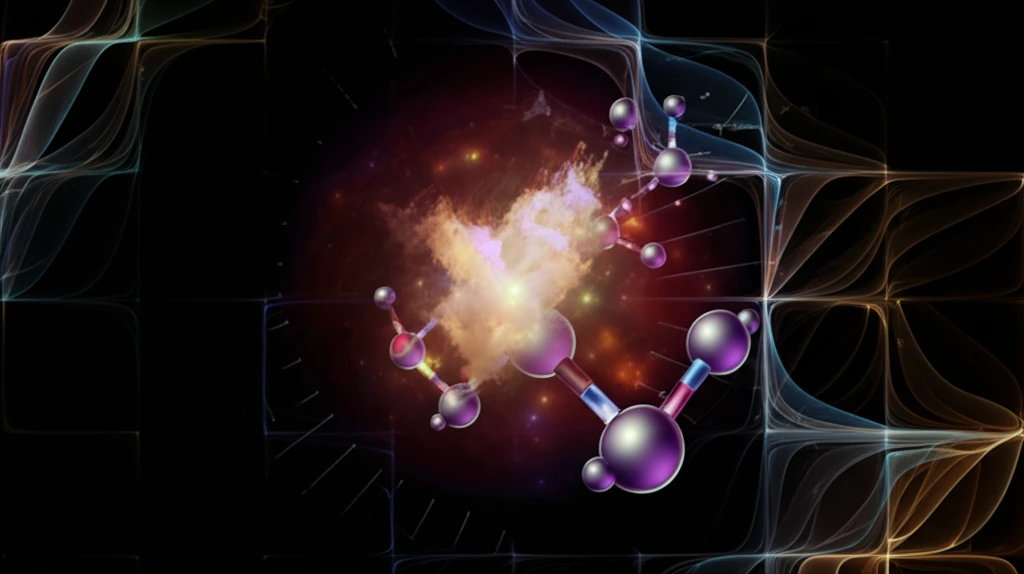
Unlocking the Secrets of the Van Der Waals Gas: A Journey Through Contact Geometry and the Toda Chain
"Explore the surprising connections between classical gas behavior, advanced geometry, and a fundamental physics model."
The van der Waals gas, a cornerstone of classical thermodynamics, isn't just a dry equation; it's a landscape ripe for geometric exploration. Imagine a five-dimensional space, a 'contact manifold,' where energy, entropy, volume, temperature, and pressure dance together. This is the playground where we'll uncover hidden symmetries and connections.
Think of this manifold as a canvas upon which the fundamental equation of the gas is painted. This equation dictates how internal energy relates to entropy and volume, defining the very essence of the gas's behavior. From this, we can derive the familiar properties we associate with the van der Waals gas.
But this is just the beginning. By introducing mathematical tools like Poisson brackets and exploring equations of state, we begin to see unexpected links emerge. In particular, we'll focus on a surprising connection: the Toda chain, a model describing interacting particles, and its relationship to the van der Waals gas.
From Gas to Geometry: Understanding the van der Waals Equation

To truly understand the connection, let's start with the fundamental equation of the van der Waals gas. This equation, rooted in thermodynamics, describes the behavior of real gases, accounting for the finite size of molecules and the attractive forces between them. In its energy representation, it provides a relationship between internal energy (U), entropy (S), and volume (V).
- U: Internal energy of the gas
- S: Entropy, a measure of disorder
- V: Volume occupied by the gas
- a: A parameter reflecting intermolecular attraction
- b: A parameter reflecting the volume of the molecules
- U0, V0: Fiducial values for energy and volume.
The Bigger Picture: Duality and the Future of Thermodynamics
The discovery of a duality between the thermodynamics of gases and the Toda chain opens exciting avenues for future research. It suggests that concepts and techniques from one field can be used to gain insights into the other. This could lead to a deeper understanding of complex systems and the development of new theoretical tools.
